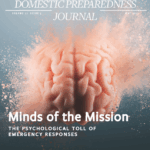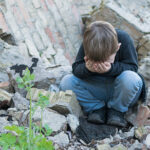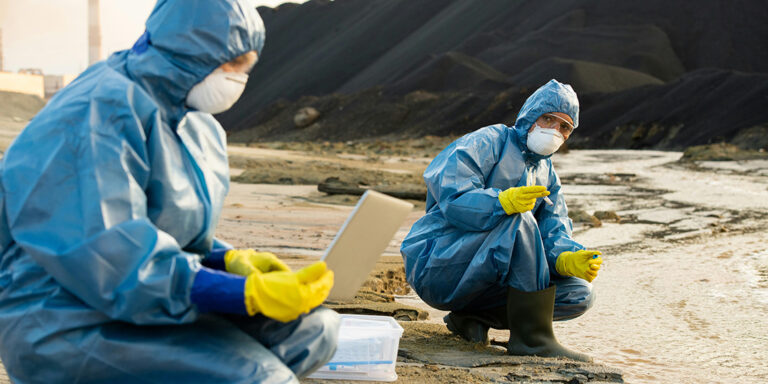
Archives

Reports about North Korea launching balloons filled with fecal matter and propaganda into South Korean territory were intriguing. However, this incident raises public health concerns and the question of whether fecal matter could be utilized in modern times as an effective biological weapon.
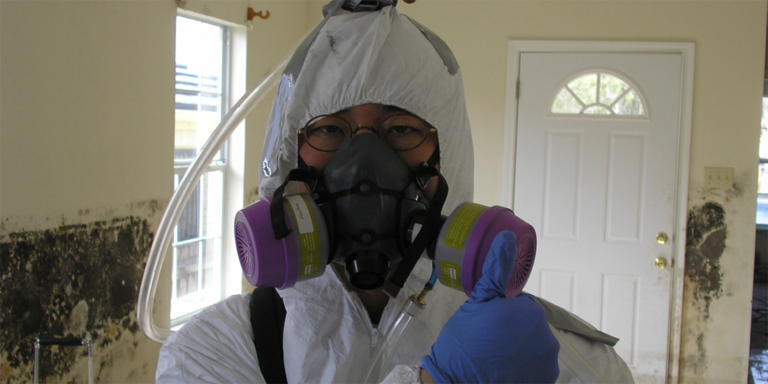
Shielding Communities: Public Health Strategies for Natural Hazards
May 15, 2024
Public health risks are common concerns when natural hazards occur. However, history shows that the increasing frequency of events and growing population sizes have been increasing the scale of events and the needs of affected populations. To mitigate complex public health challenges, personnel across disciplines must plan, coordinate, and develop
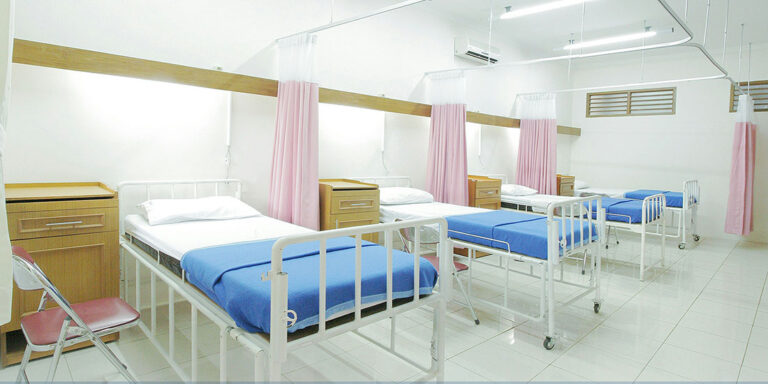
Preparing for the Next Public Health Emergency
April 24, 2024
Public health is not just about pandemics but also about a wide range of threats that can affect the health and well-being of communities. In this April edition of the Domestic Preparedness Journal, practitioners share ways to prepare for the next public health emergency.
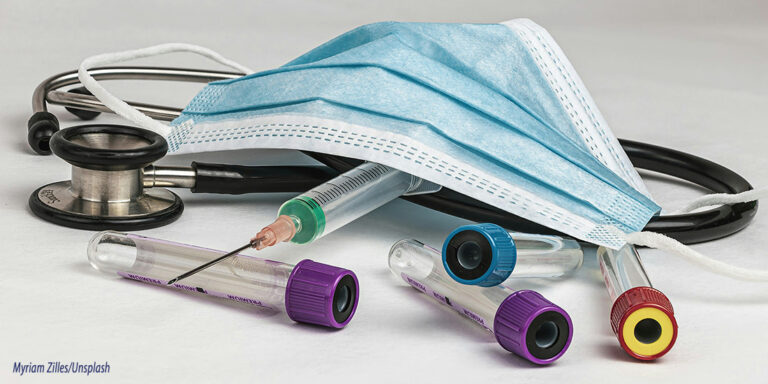
Primary Care Investments to Increase Community Resilience
April 17, 2024
Community health centers are medical lifelines for millions of Americans. However, financial constraints and healthcare workforce challenges strain these critical resources. New initiatives and additional investments can help communities be more resilient and continue to meet community needs during a crisis.

The “R” Word
April 10, 2024
Resilience has multiple meanings for public health, emergency, and homeland security management professionals. However, the objective of building resilience should go beyond hazard mitigation. With 2024 being FEMA’s “Year of Resilience,” it is a good time for professionals to start rethinking this concept.
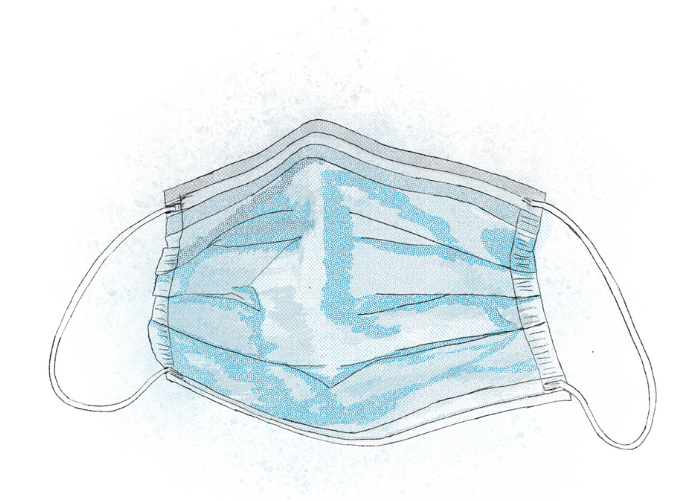
Are Public Health Agencies Ready, or Just Prepared?
June 21, 2023
Is it time to retire the term public health preparedness and replace it with public health readiness? When building emergency planning efforts and response capabilities, jurisdictions and local health entities must reconfigure existing plans with the readiness factor in mind.


